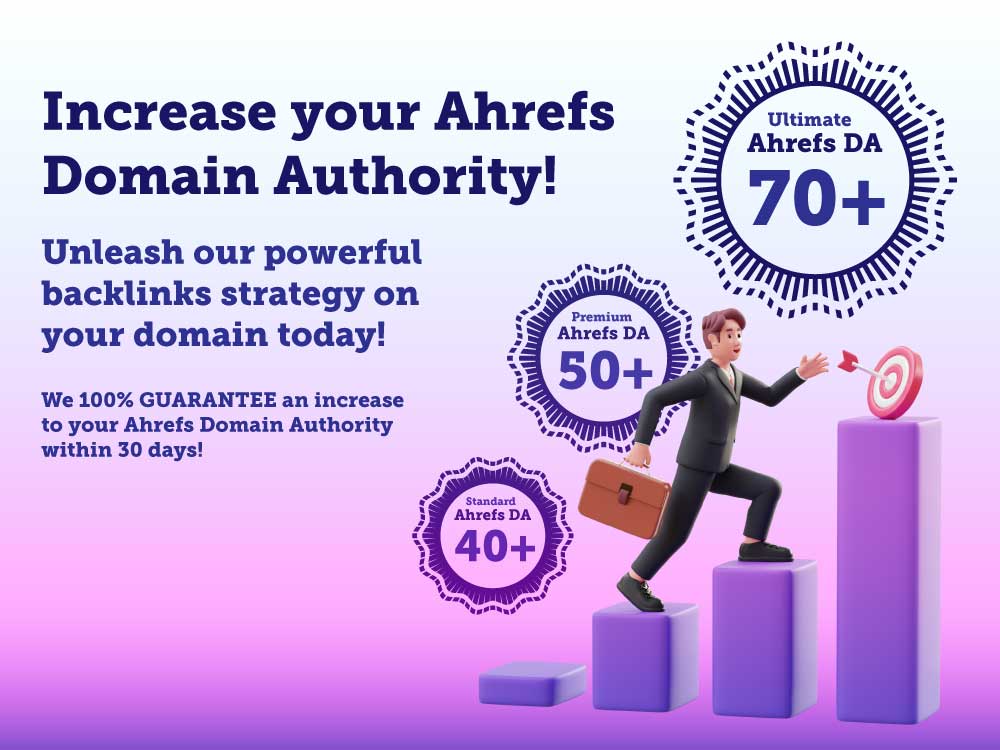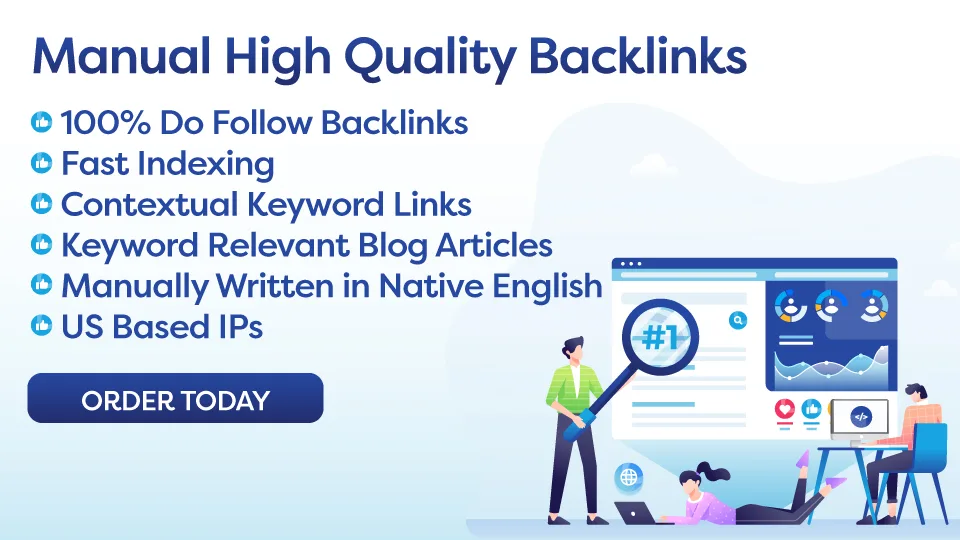Small business owners often face the dilemma of whether to focus on SEO or PPC to boost their online presence. SEO involves optimizing a website for higher organic search rankings, leading to sustainable traffic and cost-effective results over time. On the other hand, PPC offers immediate visibility by displaying ads at the top of search results, but can be costly and requires ongoing optimization. Factors to consider include budget, timeline, goals, and target audience. Developing a comprehensive online marketing strategy that integrates both SEO and PPC can maximize online visibility, attract a wider audience, and generate more leads and sales for small businesses.
Keywords: Small Business Owners, SEO vs PPC
Excerpt: Small business owners often wonder, should they focus on SEO or PPC to boost their online presence and attract more customers?
Introduction:
As a small business owner, navigating the world of online marketing can be challenging. With limited resources and competing priorities, it’s essential to make strategic decisions that will yield the best results. One common dilemma many small business owners face is whether to invest in search engine optimization (SEO) or pay-per-click (PPC) advertising. Both can be effective strategies for increasing website traffic and generating leads, but they have distinct pros and cons that should be carefully considered.
Key Takeaways:
1. Understanding the differences between SEO and PPC.
2. Benefits and drawbacks of SEO.
3. Benefits and drawbacks of PPC.
4. Factors to consider when choosing between SEO and PPC.
5. Developing a comprehensive online marketing strategy that integrates both SEO and PPC.
Understanding the differences between SEO and PPC:
SEO is the process of optimizing your website to improve its visibility in search engine results. This involves optimizing your website’s content, meta tags, and backlinks to increase its chances of ranking higher in organic search results. On the other hand, PPC involves paying for ads that appear at the top of search engine results pages. These ads are triggered by specific keywords and are displayed to users who are actively searching for products or services related to those keywords.
Key Ideas:
1. SEO is a long-term strategy that requires ongoing effort to maintain and improve your website’s search rankings. It typically takes time to see results, but the traffic generated through SEO is often more sustainable and cost-effective in the long run.
2. PPC, on the other hand, offers more immediate results as your ads can appear at the top of search results almost instantly. However, it can be costly, especially for competitive keywords, and requires careful monitoring and optimization to ensure a positive return on investment.
Benefits and drawbacks of SEO:
SEO has several benefits for small businesses, including increased organic traffic, improved brand credibility, and a higher return on investment over time. However, SEO also has its drawbacks, such as the time and effort required to optimize your website, the unpredictable nature of search engine algorithms, and the fierce competition for top rankings.
Key Ideas:
1. By investing in SEO, small businesses can attract high-quality leads who are actively searching for their products or services. This can result in higher conversion rates and a more engaged audience.
2. However, SEO can be challenging to master, especially for business owners with limited technical expertise. It requires constant monitoring and adjustment to keep up with changing algorithms and trends.
Benefits and drawbacks of PPC:
PPC offers small businesses a way to quickly increase their visibility and attract targeted traffic to their website. With PPC, you only pay when someone clicks on your ad, making it a cost-effective way to reach potential customers. However, PPC also has its drawbacks, such as the potential for overspending on ads that don’t convert, the need for ongoing optimization to maximize results, and the possibility of click fraud.
Key Ideas:
1. PPC allows small businesses to target specific audiences based on keywords, location, and demographics, making it a highly targeted advertising strategy. This can result in a higher click-through rate and a better return on investment compared to traditional advertising methods.
2. On the downside, PPC can be complex to set up and manage, requiring expertise in keyword research, ad copywriting, and bid optimization. Without careful monitoring and adjustment, PPC campaigns can quickly become ineffective and costly.
Factors to consider when choosing between SEO and PPC:
When deciding between SEO and PPC, small business owners should consider several factors, including their budget, timeline, business goals, target audience, and competition. It’s important to weigh the benefits and drawbacks of each strategy and determine which one aligns best with your overall marketing objectives.
Key Ideas:
1. Consider your budget and resources when choosing between SEO and PPC. SEO typically requires an upfront investment in time and resources, while PPC involves ongoing costs for ad clicks and management fees.
2. Think about your timeline and goals for achieving results. If you need immediate traffic and leads, PPC may be the better option. If you’re looking for long-term, sustainable growth, SEO could be the way to go.
Developing a comprehensive online marketing strategy that integrates both SEO and PPC:
While SEO and PPC have distinct advantages and disadvantages, they can also complement each other when used together in a comprehensive online marketing strategy. By combining the strengths of both strategies, small businesses can maximize their online visibility, attract a wider audience, and generate more leads and sales.
Key Ideas:
1. Use SEO to build a strong foundation for your online presence by optimizing your website for search engines and creating high-quality, relevant content. This will improve your organic rankings and attract organic traffic over time.
2. Supplement your SEO efforts with targeted PPC campaigns that focus on specific keywords, demographics, or locations. This will help you reach potential customers who may not find you through organic search results and drive more immediate traffic to your website.
Action Plan for Small Business Owners:
1. Evaluate your current online marketing strategy and identify areas where you can improve your SEO and PPC efforts.
2. Set clear goals and objectives for both SEO and PPC, taking into account your budget, timeline, and target audience.
3. Develop a comprehensive online marketing plan that integrates both SEO and PPC, focusing on optimizing your website for search engines, creating engaging content, and launching targeted PPC campaigns.
Conclusion:
In conclusion, the choice between SEO and PPC for small businesses ultimately depends on your unique needs, goals, and resources. Both strategies have their strengths and weaknesses, but when used together in a cohesive online marketing strategy, they can deliver powerful results. By understanding the differences between SEO and PPC, weighing the benefits and drawbacks of each, and developing a comprehensive action plan, small business owners can maximize their online visibility and attract more customers.
FAQ:
Q: Which is better for small businesses, SEO or PPC?
A: Both SEO and PPC can be effective strategies for small businesses, depending on your goals, budget, and timeline. It’s essential to carefully weigh the benefits and drawbacks of each and develop a comprehensive online marketing plan that integrates both strategies.
Q: How long does it take to see results from SEO?
A: SEO is a long-term strategy that typically takes time to see results. It can vary depending on various factors such as the competitiveness of your industry, the quality of your content, and the effectiveness of your optimization efforts.
Q: Is PPC more cost-effective than SEO?
A: PPC can be more immediate and targeted than SEO, but it can also be more costly, especially for competitive keywords. SEO, on the other hand, offers a higher return on investment over time but requires ongoing effort and resources to maintain.

